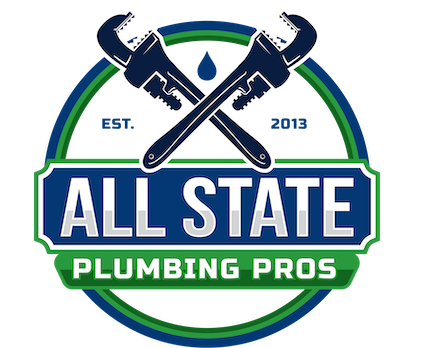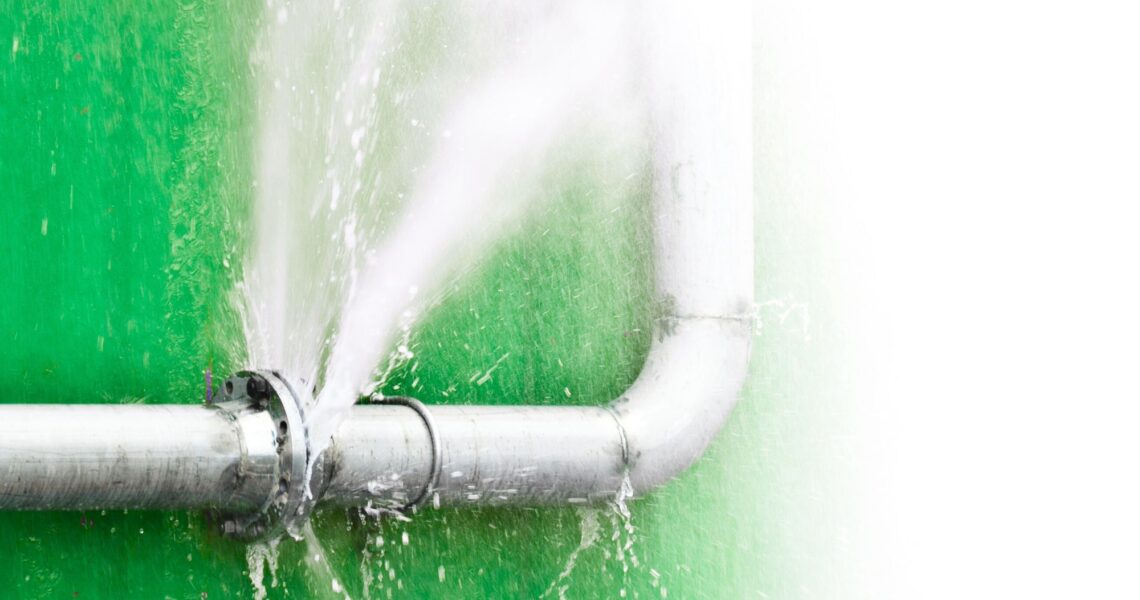Why Do Pipes Burst in the Winter? Causes and Prevention
Winter’s freezing temperatures can cause serious plumbing problems, and one of the most damaging is a burst pipe. When water inside your pipes freezes, it expands and increases internal pressure, which can cause even durable water supply lines to rupture. (more…)

